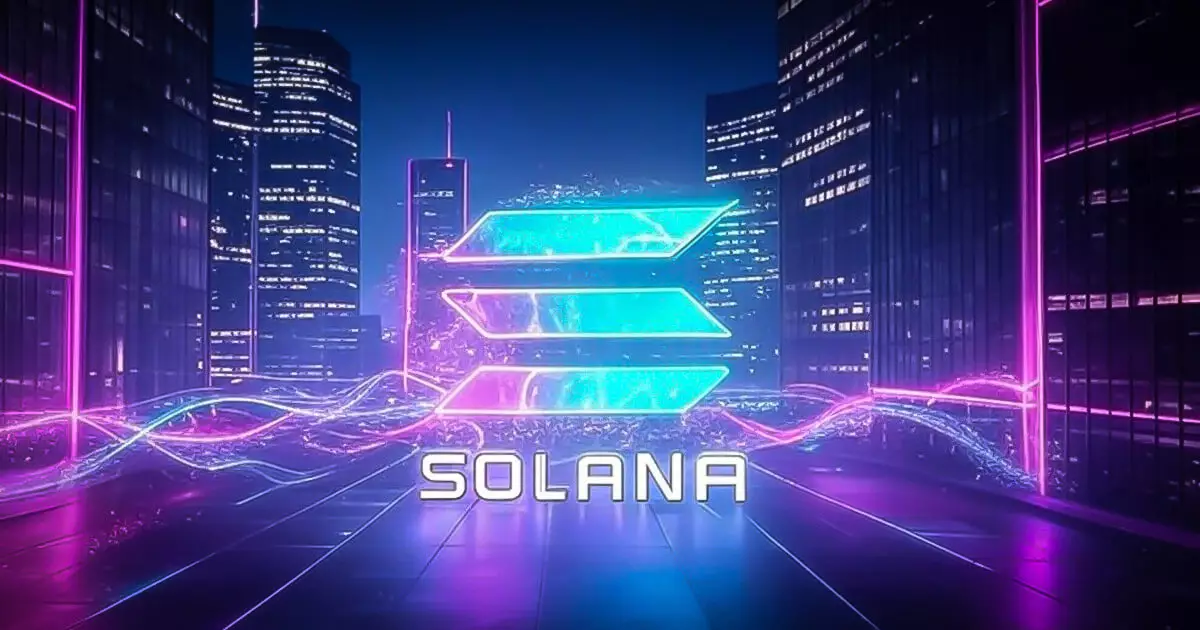In a groundbreaking move, Coinbase has expanded its self-service asset recovery tool to accommodate lost tokens on the Solana network. A significant step for any serious cryptocurrency enthusiast, this feature allows users to reclaim various unsupported SPL tokens without the hassle of navigating customer support bureaucracy. The modern crypto landscape is riddled with complexities, and this new tool exemplifies how innovative solutions can simplify user experiences.
Self-service tools signify a paradigm shift in how exchanges can empower users. For those who have fallen victim to the human tendency to err—accidentally sending assets to the wrong address or network—this feature offers a glimmer of hope. Users no longer have to wallow in despair after making a mistake; they can take the reins and recover what they lost, an undeniable positive in an era where self-custody is paramount.
Understanding Limitations and Risks
However, it’s critical to approach this tool with a balanced perspective. Not every SPL token is eligible for recovery, and Coinbase makes it abundantly clear that users must invest time to verify asset eligibility before proceeding. This caveat underscores a crucial aspect of digital asset management: due diligence. Users need to be astute and vigilant, as the absence of comprehensive customer support means that the responsibility ultimately rests on their shoulders.
Furthermore, the recovered assets have not undergone Coinbase’s full listing review, raising concerns about authenticity and security. Although the tool aims to mitigate losses, it also nudges users to assess the risks associated with the tokens they attempt to recover. The lack of guarantees can be disheartening; undoubtedly, some fund safeguarding capabilities are still needed in a sector rife with scams and fraudulent schemes.
A Journey Toward Broader Recovery Capabilities
Coinbase’s move to introduce this self-service option follows a history of challenges in retrieving mistakenly sent assets. Prior to this, users encountered significant difficulties, as customer support lacked the requisite access to the private keys that secure blockchain transactions. With the new recovery tool, Coinbase has successfully lowered the barrier to entry, allowing people to recover close to 4,000 unsupported Ethereum-based assets.
Yet, sarcasm creeps in when we dissect the company’s expansion strategy. While the initiative is laudable, one can’t help but wonder if Coinbase is merely reacting to market needs rather than taking proactive steps. Expanding the service to include BNB Chain and Polygon earlier this year reflected this reactive mindset. If a user tries to recover an ineligible asset, the process will inevitably fail. Is this a transformative approach, or merely a method to elude endless customer support inquiries?
Technical Constraints and Future Prospects
Looking ahead, Coinbase hints at potential expansions to include more token types across various networks. However, the timeline remains hazy, leaving users in limbo. Technical constraints and asset-specific complexities seem to limit how far the recovery tool can go, inevitably creating skepticism about Coinbase’s narrative of innovation.
As the competition in the crypto exchange market continues to intensify, embracing cutting-edge technology will be crucial for Coinbase to maintain its competitive edge. While the self-service asset recovery feature is a positive development, it could also be viewed as a bandage over deeper wounds in the customer experience. Only time will reveal if the company’s adjustments are enough to shore up user trust and market relevance.


Leave a Reply